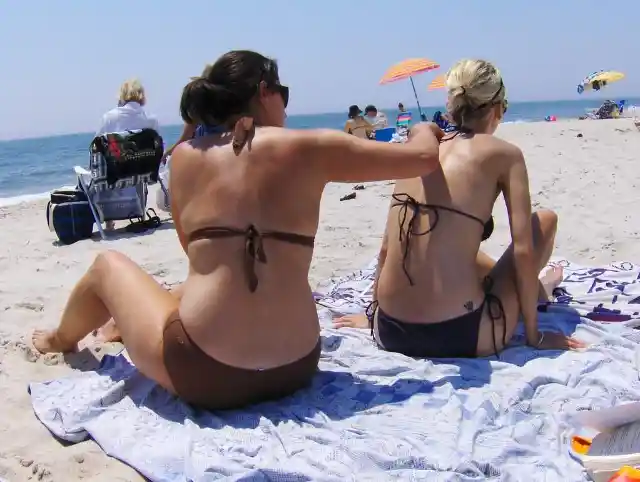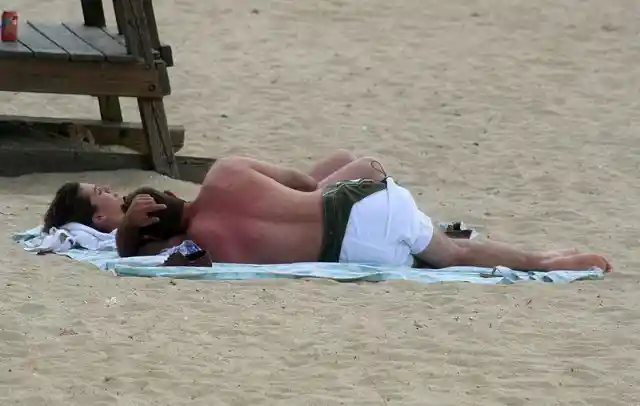Choosing The Right Sunscreen
There are two types of UV rays, and both of them can cause skin damage. UVA rays are associated with skin aging, and UVB rays primarily cause sunburns, so it's important to choose a broad spectrum sunscreen.


Sunscreen should have a minimum Sun Protection Factor (SPF) of at least 30 and should be water-resistant to withstand sweat. The higher SPF, the better. For infants and children with sensitive skin, sunscreens containing titanium dioxide and zinc oxide are preferred, as they cause fewer skin irritations.
Applying Sunscreen Correctly
It is recommended to apply a thick layer of sunscreen on all exposed skin for at least 30 minutes before going out. The neck, ears and eyelids are some of the commonly forgotten areas. The feet also need protection when wearing sandals, slippers or going barefoot.


It is important to reapply sunscreen to the entire body every two hours since it wears off. Especially when participating in extensive outdoor activities or after swimming, sweating or toweling off.
Protecting The Lips
Lips have one of the thinnest layers of skin on the body, and they only produce a small amount of melanin. Melanin is a pigment that can protect skin against UV radiation, so it’s one of the most vulnerable parts of the body.


Being so delicate and vulnerable to sun damage, lips should be given some tender loving and care. Using lip balm with a minimum of SPF 30 is the best way to protect the lips from the sun.
Sun-Protective Accessories
Wearing cool, comfortable clothing that covers the body, when possible, is a great way of ensuring protection against UV rays. Darker-colored clothes may offer better protection than lighter-colored ones. Straw hats are also a big no. It is advised to use hats that have a wide brim and shade the face, ears and back of the neck. Tightly woven fabrics, like canvas, work best.


To top it off, a pair of sunglasses with lenses that have 99to 100 percent UV absorption are ideal. They protect the eyes and the skin around the eyes and also reduce the risk of cataracts.
Limiting Time Spent In Direct Sunlight
It’s best to avoid the mid-day sun between 10 am and 4 pm when the sun’s rays are the strongest and more harmful. Even in winter and especially at higher altitudes, seeking shade whenever possible is advised.


Since sunscreens are effective but not completely foolproof, wearing protective clothing and limiting your time under the sun is the best way to protect the skin against damage. Even on cloudy days, since most UV rays can get through the clouds, following all these precautions can be helpful to have beautiful and healthy skin.